This content has been archived. It may no longer be relevant
It is one of the most heartbreaking and shocking statistics for any Australian state or territory, but the over-representation of First Nations people in our jails is both a tragedy and ongoing human rights crisis.
People who identify as being of Aboriginal and/or Torres Strait Islander origin in Queensland account for 4% of the state’s population, according to the latest Australian Bureau of Statistics figures. However, the state’s prisons are home to 10 times more First Nations people than any other race or culture.
A Queensland Productivity Commission report on ‘Imprisonment and Recidivism’, released on January 31 this year, found Indigenous imprisonment rates had exploded over the years, with a staggering increase of 45% in the prison population during the 10 years to 2018.
“This growth was around 50% faster than for non-Indigenous people,” the report says. “Indigenous imprisonment rates are around 10 times the non-Indigenous rate…(and) for Indigenous men, the rate of imprisonment is over 3000 (people) per 100,000 population.”
The Queensland Parole System Review headed by Walter Sofronoff QC found that, at 30 September 2016, of the almost 20,000 prisoners under supervision by the now defunct Queensland Parole Board (since replaced by Parole Board Queensland) – 24% of those identified as Aboriginal and/or Torres Strait Islander.
As the state’s inaugural Parole Board Queensland (PBQ) President, Michael Byrne QC recently told Proctor that up to 98% of all the state’s prisoners will eventually be released back into the community and there needs to be robust and effective systems and social support networks in place to ensure public safety and also support inmates as they return to the community and to significantly reduce risks of re-offending.

To that end, PBQ Deputy President Julie Sharp has been the driving force behind addressing the over-representation of First Nations people in jail and implementing strategies and programs uniquely tailored to recognise particular cultural differences and needs required to assist in their rehabilitation.
“We (at PBQ) currently have about eight of our 37 board members that are First Nations community board members to date…and the director (of the board) and I have interviewed and aim to add 10 more First Nations community board members in the very near future,” Ms Sharp said.
“That is very exciting, I think, and will bring the total numbers to close to 50% membership of Aboriginal and Torres Strait Islander representation of community board members.
“What is really significant about that is that we will be able to achieve meetings that are all comprised of Aboriginal and Torres Strait Islander (parole) applicants with a community member who is also Aboriginal or Torres Strait Islander.
“We think this will be really benefi cial in considering not only what has gone on before (a person is incarcerated) but what can happen afterwards (when they are released).
“That became evident to us through the input of a sterling community board member who has been involved in many video links (to prisons) with Indigenous applicants in that she can communicate and speak (to them) in ‘the language’. You can see the difference in (applicants’) demeanour almost immediately when the (First Nations elder) board member starts talking.

“You know, you have me or (fellow executive board members) Peter (Shields) or Michael (Byrne) there at the hearing as the ‘authority figure’ and they (the Indigenous inmate) just cannot relate to us on any level. But as soon as (the First Nations) community board member starts to talk to them in a way they can understand, you can see (the applicants’) shoulders drop immediately; they are relaxed and talk openly and honestly about what’s going on and what we can do (to help them return to society). It is really effective.”
Ms Sharp said the board had also spent considerable time visiting and engaging with numerous First Nations community justice groups – as widespread as Doomadgee, Mt Isa, Mornington Island, Boigu, Moa and Thursday Island – who are “passionate about improving outcomes for their communities in respect of safety and reintegration of offenders”.
“All of these visits opened our eyes to the fact we needed to be and do better here (in Brisbane) in relation to what’s going on up there. We ultimately hope these new (First Nations) community board members will bring these qualities to all future discussions for every new (Indigenous) applicant for parole, which will be great.”
This story was originally published in Proctor April 2020.


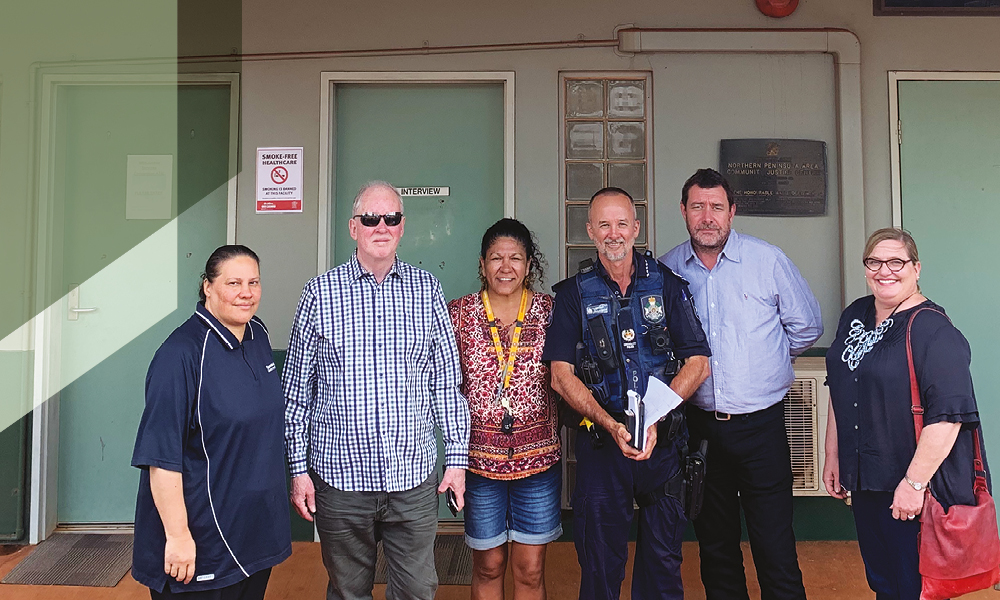




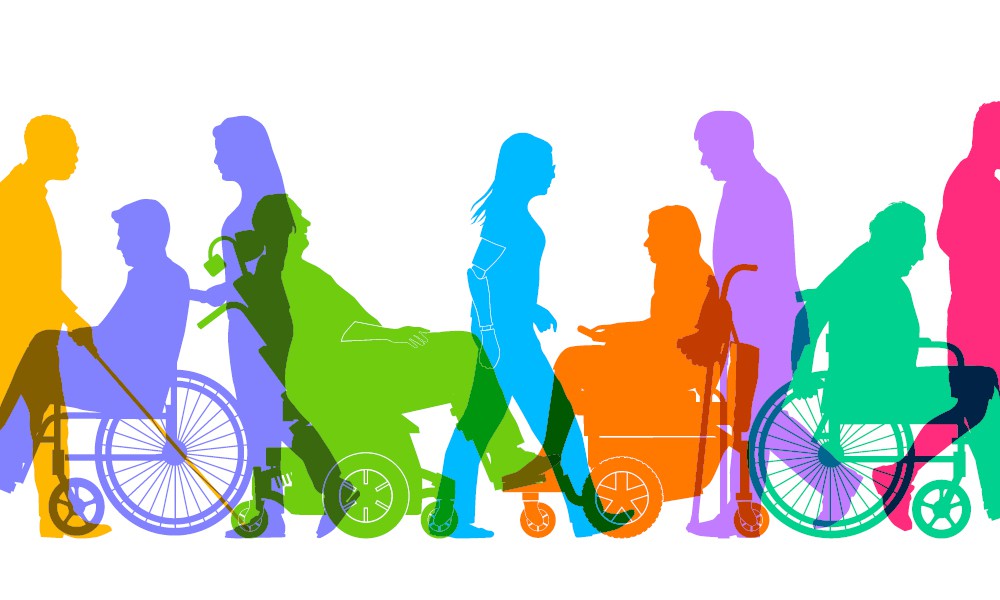

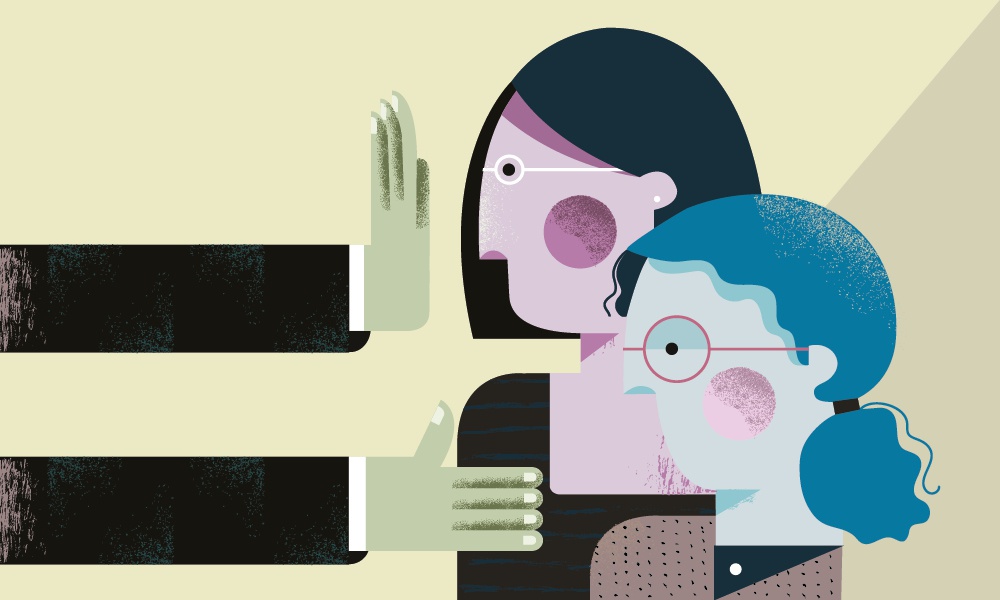
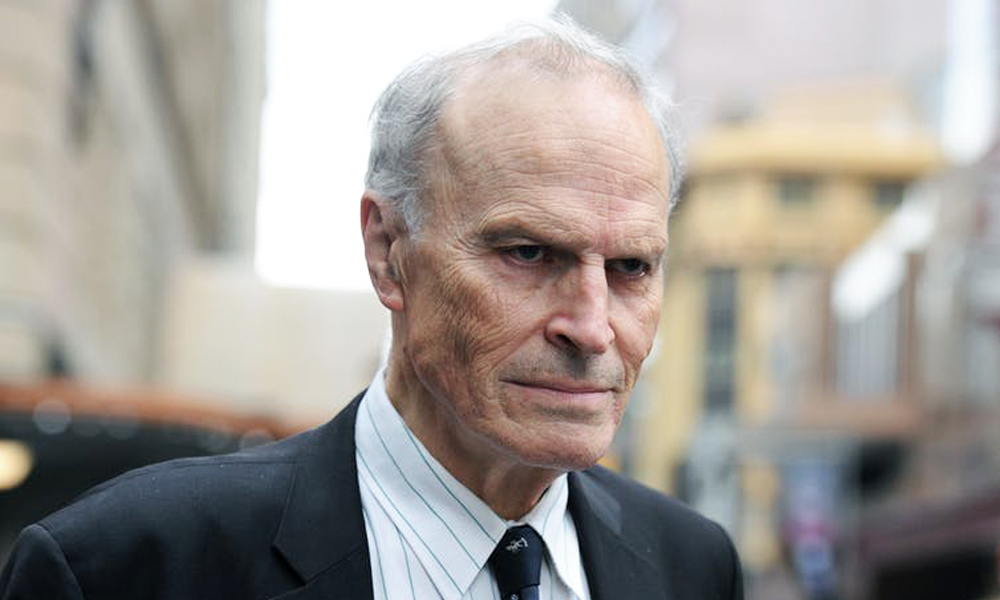
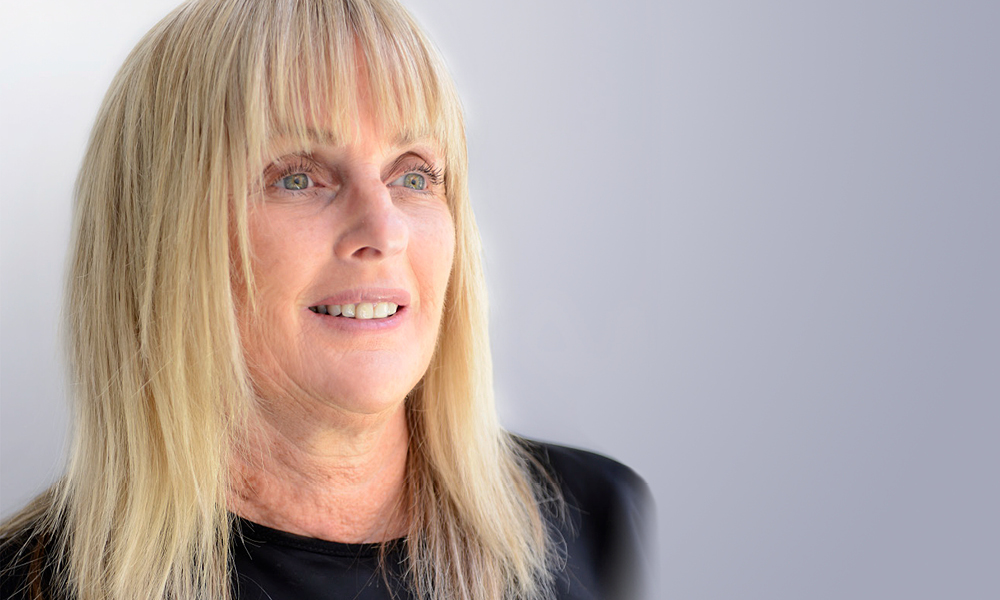

Share this article